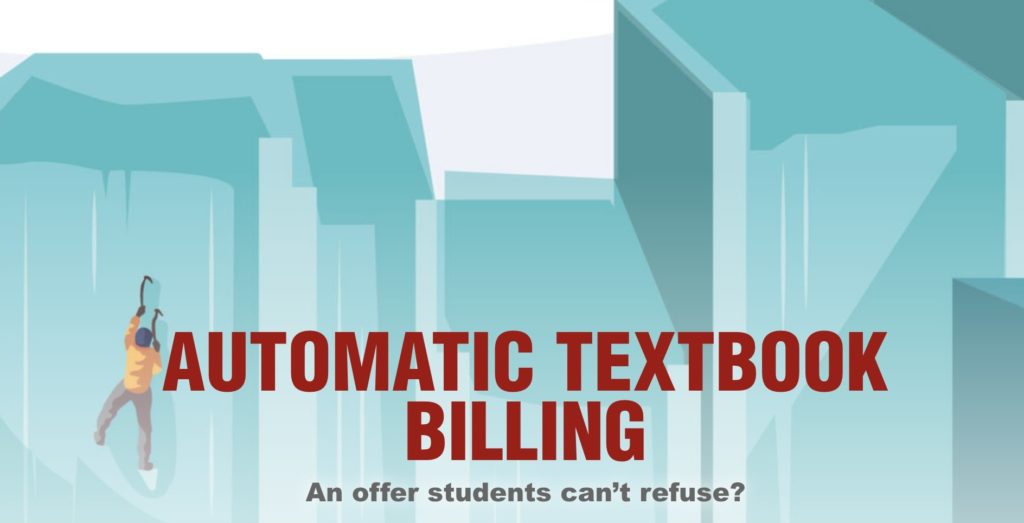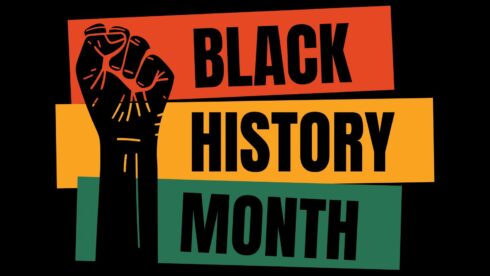Photo ©OSPIRG
WASHINGTON. — Tuition isn’t the only cost crushing college students with debt: textbooks are a huge out of pocket expense. And, the way students pay for textbooks is changing. Publishers have entered “inclusive access” agreements with hundreds of colleges to charge students for course materials at the beginning of the semester, purportedly at a significant discount. But a new groundbreaking report by the U.S. PIRG Education Fund finds those promises of student savings fall flat — or come with big trade offs in the fine print. The report, Automatic textbooks billing: an offer students can’t refuse?, reveals insufficient or disappearing discounts, structures designed to force students into the program, and missing information. This all leaves students, professors, and college administrators in the lurch.
“You shouldn’t need to be studying to be a rocket scientist to know that there’s something wrong with the textbook-buying process at colleges these days. Phrases like ‘inclusive access may sound great for students. In reality, publishers reap the benefits while students have fewer options than ever to save money,” said Kaitlyn Vitez, Higher Education Campaign Director for U.S. PIRG Education Fund. “These programs create a virtual monopoly, undercutting academic freedom and low-cost options.”
Attending college in America is one of the largest expenses someone will ever have in their lifetime. It is not only the cost of tuition — students spend more than $3 billion of financial aid dollars each year to pay for textbooks. For decades, students could buy new or used textbooks at a variety of on- or off-campus (and in recent decades, online) stores. However, in 2020, many colleges are considering partnering with a publisher to purchase and distribute digital materials. Automatic billing means that students get charged on their tuition bill for these materials, unless students opt out. However, few in higher education have looked into the fine print on these partnerships, and what it means for students and professors in the classroom.
Key findings of the report include:
- Nearly half of automatic billing contracts fail to fully disclose their discount structure. Students and faculty will struggle to tell how significant a discount they are getting. When contracts disclosed the discount, it was undercut by the use of a national automatic billing book list that could be hard for members of the campus community to access.
- Publishers could veto campus marketing materials in at least one contract at 42 percent of schools, potentially leaving students and faculty in the dark about discounts or how the program works.
- 68 percent of publisher contracts include a clause eliminating, reducing the discount, or cancelling the contract for falling short of a quota of students enrolled in the automatic billing charge. Quotas were as high as 90% of students enrolled in a course.
- 33 percent of contracts had the potential for annual uncapped price increases, and 21 percent had the potential for twice-annual price increases.
- One-fifth of automatic billing contracts limited the number of students who could purchase print versions of their materials, typically capped at 15% of the course.
In the review, U.S. PIRG Education Fund examined automatic billing contracts for 31 public colleges with publishers, bookstore chains, and ed tech companies. U.S. PIRG Education Fund’s solution is straightforward: rather than using automatic billing in college classrooms, colleges should maintain or revert to options that give faculty and students the ability to buy course materials, new or used, from a variety of sources at their discretion.
The report can be found at https://uspirg.org/feature/usp/automatic-textbook-billing.



